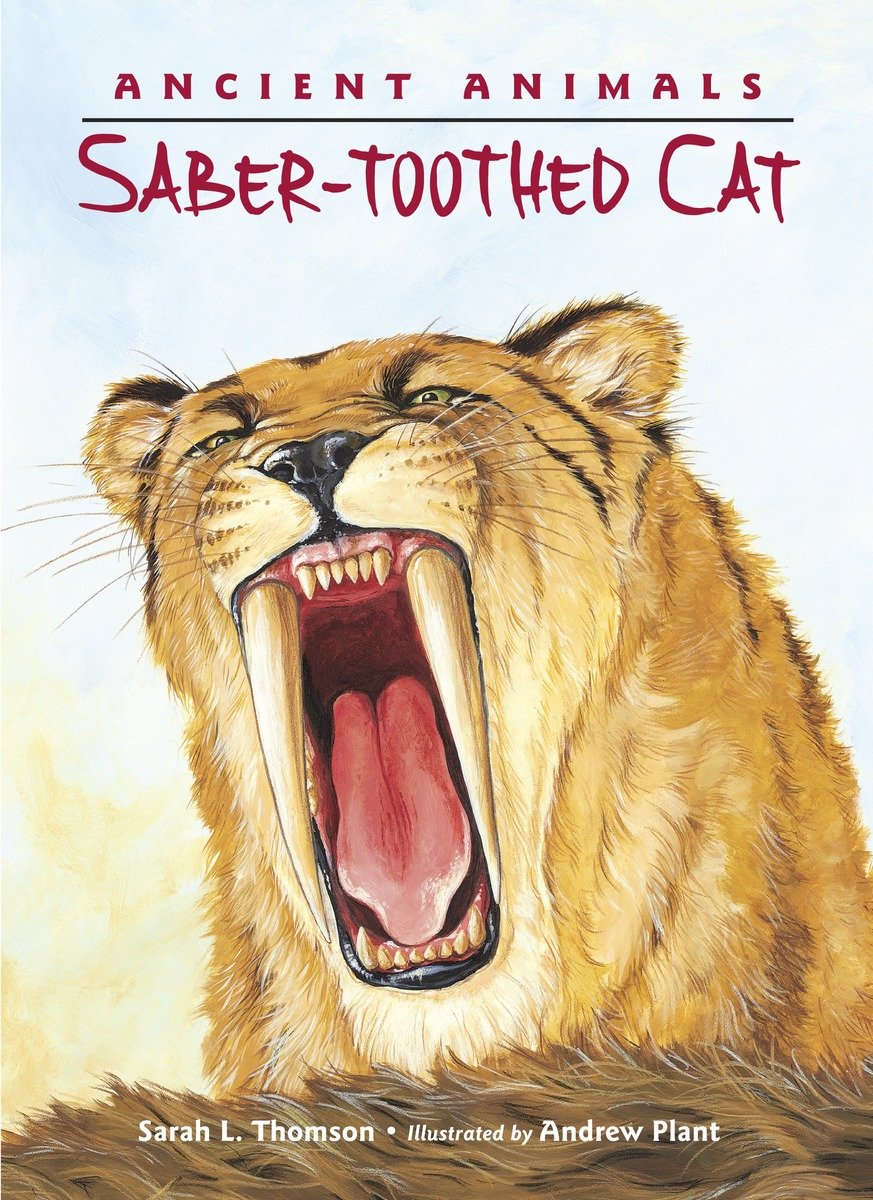Ancient Animals: Saber-toothed Cat:
5.95 JOD
Please allow 2 – 5 weeks for delivery of this item
Description
Discover the daily life of this iconic prehistoric predator, simply written and beautifully illustrated for beginning readers. California, sixteen thousand years ago. A saber-toothed cat lies in wait for the day’s meal, foot-long fangs at the ready. Rooted in archaeological evidence, clear and succinct text explains how we think saber-toothed cats lived, hunted, and became extinct. Back matter explores other large-toothed feline predators, including one who is still alive today, and provides additional print, visual, and web resources.
Additional information
| Weight | 0.10 kg |
|---|---|
| Dimensions | 0.38 × 15.24 × 3.75 cm |
| by | |
| Format | Paperback |
| Language | |
| Pages | 32 |
| Publisher | |
| Year Published | 2014-10-14 |
| Imprint | |
| For Ages | 1-4 |
| Publication City/Country | USA |
| ISBN 10 | 1580894070 |
| About The Author | Sarah L. Thomson is a former children's book editor who is now a full-time children's book writer. She has written more than thirty books across many genres, including Ancient Animals: Terror Bird, the first book in this series. She lives in Portland, Maine. |
The Ancient Animals series continues with a look at what's known about the saber-toothed cats that lived thousands of years ago. An imagined hunting scene kicks off this introduction to saber-toothed cats, a well-camouflaged Smilodon fatalis hiding under a bush while a bear, a lion and two wolves pass by (all in the same illustration). A bison is the cat's prey. Using its strong legs and sharp claws, the cat drags down the bison, killing it with either a bite to the throat or a slash to the bison's stomach or side. Thomson goes on to explain how we know so much about these ancient cats: Bones found in asphalt tell us about its size, and from that, scientists can determine what it ate, how it caught its prey and a bit about its social groups. Scientists think that these cats became extinct because of competition for prey: Early humans hunted the same animals, and there was less prey to go around because a warming climate meant less grass for them to eat. Plant's acrylic gouache illustrations are quite realistic, and each animal is helpfully labeled with its scientific name. Backmatter includes a list of other "large-toothed hunter[s]" and resources for finding out more. A good introduction to both saber-toothed cats and paleontology.-Kirkus Reviews |
|
| Excerpt From Book | In California sixteen thousand years ago, a saber-toothed cat hid under a bush. It waited for prey. The cat did not move. Marks on its fur helped it hide in the shadows of leaves. |
| Series |
Only logged in customers who have purchased this product may leave a review.






Reviews
There are no reviews yet.